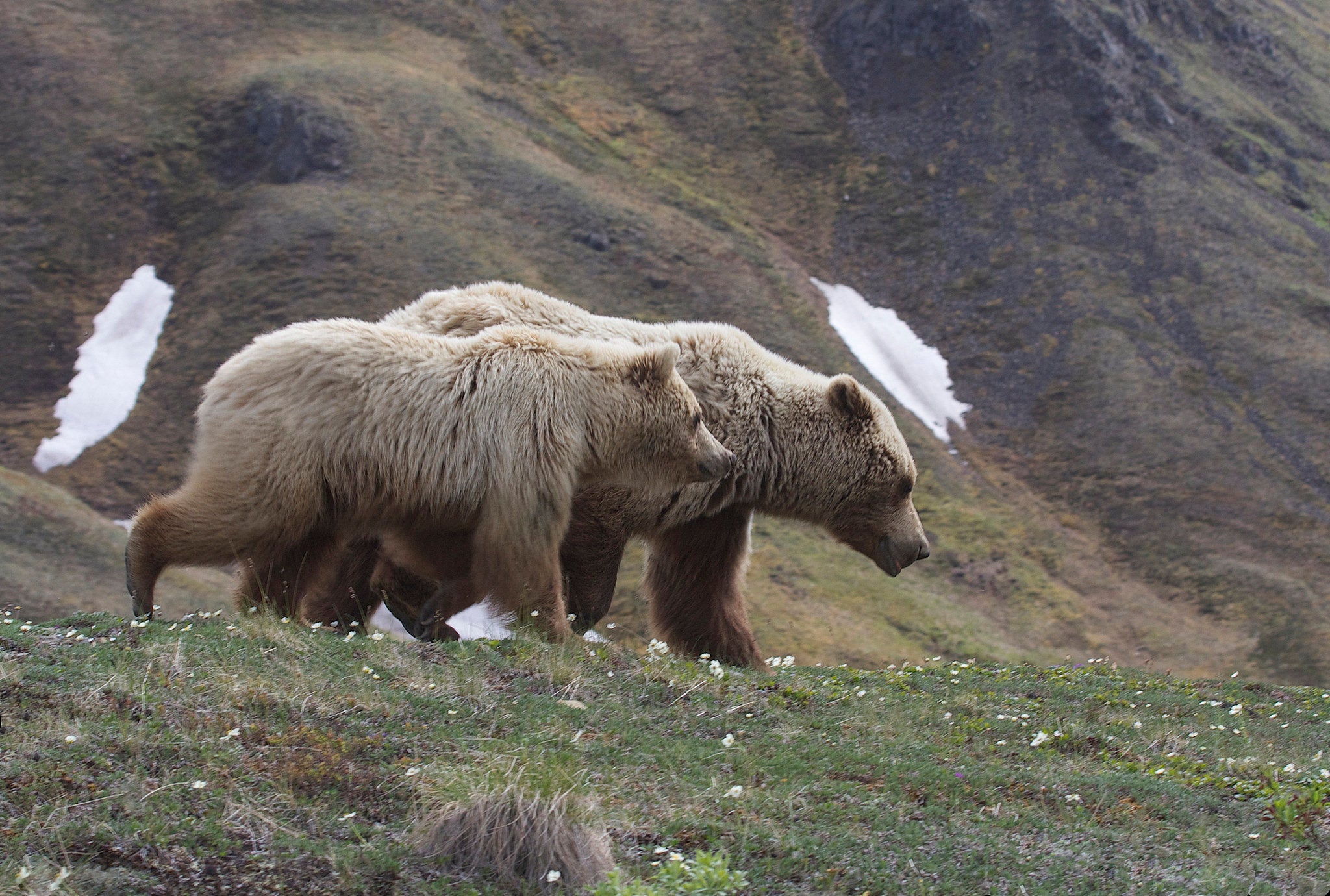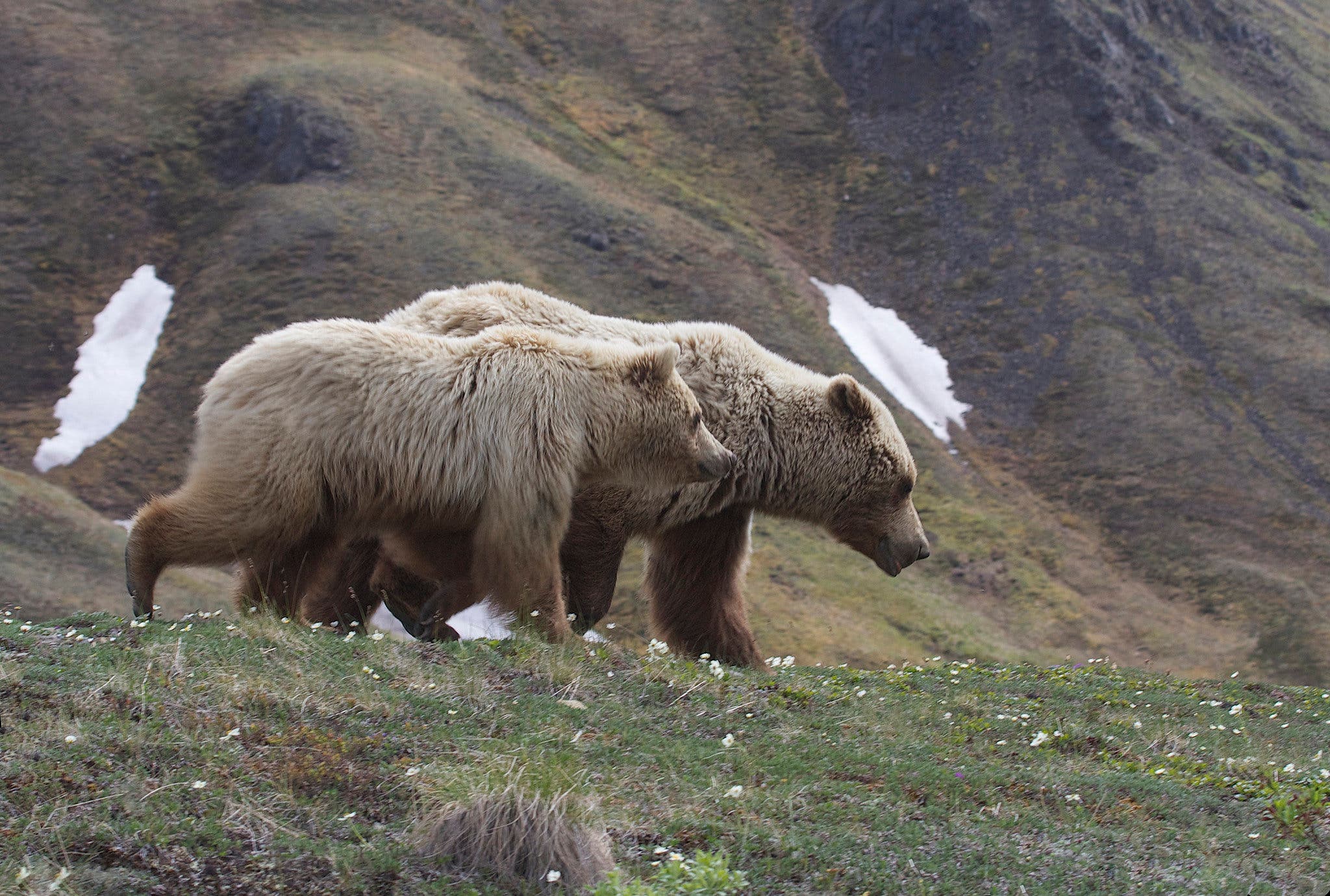Published November 12, 2014 11:32PM
How To See More Wildlife
Animals are on the move in fall. Here's how to spot them on our next outing.

'Gregory \"Slobirdr\" Smith'

- Hike early and late. Dawn and dusk are the magic hours for glimpsing animals, when many species are more active.
- Scan your surroundings instead of focusing on the trail ahead. Stop every quarter-mile or so to look and listen more closely for a minute.
- Be particularly alert in ecotones, the transitional zones between habitats. These fringes—such as the borders between prairie and woods, or timberline groves and alpine balds—usually harbor more wildlife than uniform landscapes.
- Glass any broad vista you encounter. Instead of barreling into an open valley, pause quietly at the margin and scan with binoculars.
- When watching an area for signs of life, position yourself downwind to avoid signaling your presence.
- Pay attention to agitated trailside critters, which can reveal hidden predators. Frenzied crows often indicate the proximity of a raptor, while a chirring, tail-flicking squirrel could tell of a lurking bobcat—or indicate that you’ve given away your own location.
- Keep your distance: Try to stay at least 100 yards away from bears and wolves, and 25 yards from other wildlife.
- Learn a region’s ecological calendar to seek prime habitat at the right time. In autumn, mule deer trek down ridges and canyons from high meadows to overwinter in valleys; bears forage berry thickets; and migrating birds funnel along rivers and other natural corridors, especially the day after a cold front.
(For three top wildlife-viewing hikes, click here)